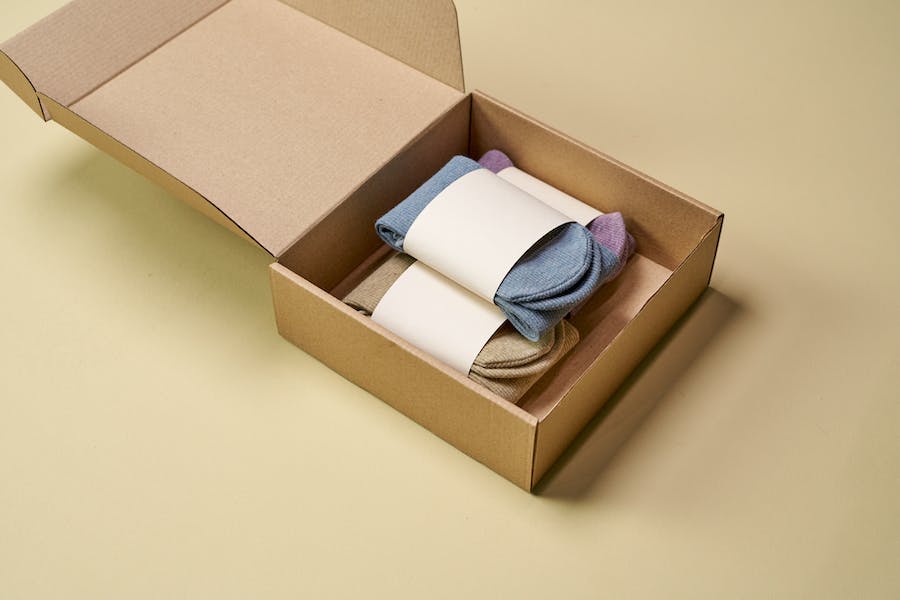In the ever-evolving landscape of business and consumer consciousness, sustainability has emerged as a key player, influencing decisions at every stage of the supply chain. In particular, the spotlight has intensified on packaging, with an increasing number of brands recognizing the pivotal role it plays in shaping environmental impact and consumer perception.
The Green Wave: Why Sustainable Packaging Matters
Meeting Consumer Expectations
In an era where consumers are more environmentally aware than ever, the demand for sustainable practices has become a powerful force shaping market dynamics. Sustainable packaging is not just a trend; it’s a response to a global call for responsible business practices. Brands that heed this call stand not only to meet consumer expectations but to exceed them.
The landscape of sustainable packaging is dynamic, with constant innovations pushing the boundaries of what is possible. From plant-based plastics to edible packaging solutions, the future holds exciting prospects for businesses willing to embrace sustainable innovation.
The green wave of sustainable packaging isn’t just a trend – it’s a fundamental shift in the way we approach business and environmental responsibility. As a brand, your choices in packaging materials and design have a ripple effect that extends far beyond your immediate operations. Embracing sustainable packaging isn’t just about meeting consumer demands; it’s about actively participating in the creation of a greener, more sustainable tomorrow.
Environmental Impact of Packaging: The Unseen Consequences
Traditional packaging materials often contribute to pollution, deforestation, and excessive waste. Plastic, in particular, has come under scrutiny for its non-biodegradable nature and detrimental effects on marine life. As consumers become increasingly eco-conscious, brands must address the environmental impact of their packaging to maintain credibility and relevance.
The Lifecycle of Packaging: Unraveling the Story
Extraction and Production
Before a product even reaches the shelf, the raw materials for its packaging must be sourced and processed. The extraction of these materials, whether it’s cutting down trees for paper or extracting oil for plastics, involves environmental disruption and habitat degradation. Understanding this initial stage is crucial in grasping the complete lifecycle impact of packaging.
Manufacturing
The manufacturing phase transforms raw materials into the packaging that cradles our products. This process, often reliant on fossil fuels, releases pollutants into the air and water, contributing to air quality deterioration and water pollution. The unseen consequences of manufacturing linger far beyond the factory gates, affecting communities and ecosystems downstream.
Transportation
Packaging doesn’t magically appear on store shelves. It travels great distances, often across countries or even continents, adding another layer of environmental impact. The transportation of packaging materials and finished products contributes to carbon emissions and air pollution, underscoring the interconnectedness of the global supply chain.
End-of-Life: Disposal and Beyond
The journey of packaging doesn’t end when we discard it. Whether it’s in a landfill, recycling facility, or incinerator, the end-of-life stage has its own set of consequences. Landfills, teeming with non-biodegradable packaging, release harmful substances into the soil and emit greenhouse gases. Recycling, while a positive step, is not a silver bullet and comes with its own energy and resource requirements.
Paper Packaging: A Hero in Disguise
Biodegradability and Renewability
Enter paper packaging – a hero in the sustainability narrative. Unlike traditional materials, paper is biodegradable, meaning it breaks down naturally, leaving no lasting environmental footprint. Furthermore, paper is renewable, sourced from trees that can be replanted, forming a closed-loop system that aligns with the principles of a circular economy.
Recycling Made Easy
One of the standout features of paper packaging is its recyclability. Unlike some complex packaging materials that pose challenges to the recycling process, paper can be easily recycled, contributing to a reduction in overall waste. Brands opting for paper packaging not only align with consumer values but actively participate in the movement towards a more circular and sustainable economy.
Breaking Down the Benefits
The shift to sustainable packaging is not just about meeting environmental standards; it’s a strategic move that can significantly enhance brand image. Consumers are more likely to support brands that demonstrate a commitment to sustainability, fostering a sense of loyalty that extends beyond the initial purchase.
As governments worldwide tighten regulations on packaging materials, embracing sustainable options becomes a matter of compliance. Brands that proactively adopt sustainable packaging not only avoid legal pitfalls but position themselves as leaders in their industry, future-proofing their operations against evolving regulatory landscapes.
Challenges and Solutions
One common concern regarding paper packaging is its perceived lack of durability compared to traditional materials. However, ongoing advancements in technology and design are addressing these concerns, resulting in paper packaging solutions that are not only eco-friendly but also robust enough to protect products throughout the supply chain.
While the transition to sustainable packaging may initially come with increased production costs, the long-term benefits far outweigh the investment. Consumer goodwill, regulatory compliance, and the positive impact on the environment contribute to a compelling business case that justifies the upfront expenses.
The Future of Sustainable Packaging
The world of sustainable packaging is dynamic and ever-evolving. Innovations such as bio-based materials, plant-based coatings, and even edible packaging are on the horizon, promising even more eco-friendly alternatives for conscientious brands.
The journey towards a greener future requires collaboration. Businesses, consumers, and policymakers must work hand in hand to create a sustainable ecosystem. Brands that actively engage in partnerships and industry collaborations contribute not only to their own success but to the collective well-being of the planet.
Taking the Leap: Practical Steps for Your Brand
Begin by evaluating your current packaging materials, assessing their environmental impact, and identifying areas for improvement.
Define specific and measurable sustainability goals for your packaging. Whether it’s reducing plastic usage or increasing the percentage of recycled materials, having clear objectives provides direction for your sustainability journey.
Stay informed about the latest innovations in sustainable packaging. Explore new materials and technologies that align with your brand values and sustainability goals.
Transparency is key in building trust with consumers. Clearly communicate your sustainable packaging initiatives, showcasing your commitment to a greener future.
Conclusion: Your Brand’s Sustainable Tomorrow
In the quest for a greener future, sustainable packaging emerges not just as a necessity but as an opportunity for brands to lead by example. By embracing paper packaging and its eco-friendly principles, your brand can navigate the changing tides of consumer expectations, regulatory landscapes, and environmental responsibilities.
Revolutionize your brand, not just for today, but for the sustainable tomorrow that consumers are hungry for. The power to effect change is in your hands – in the materials you choose, the innovations you embrace, and the message you send to a world eager for a more sustainable and responsible future.








